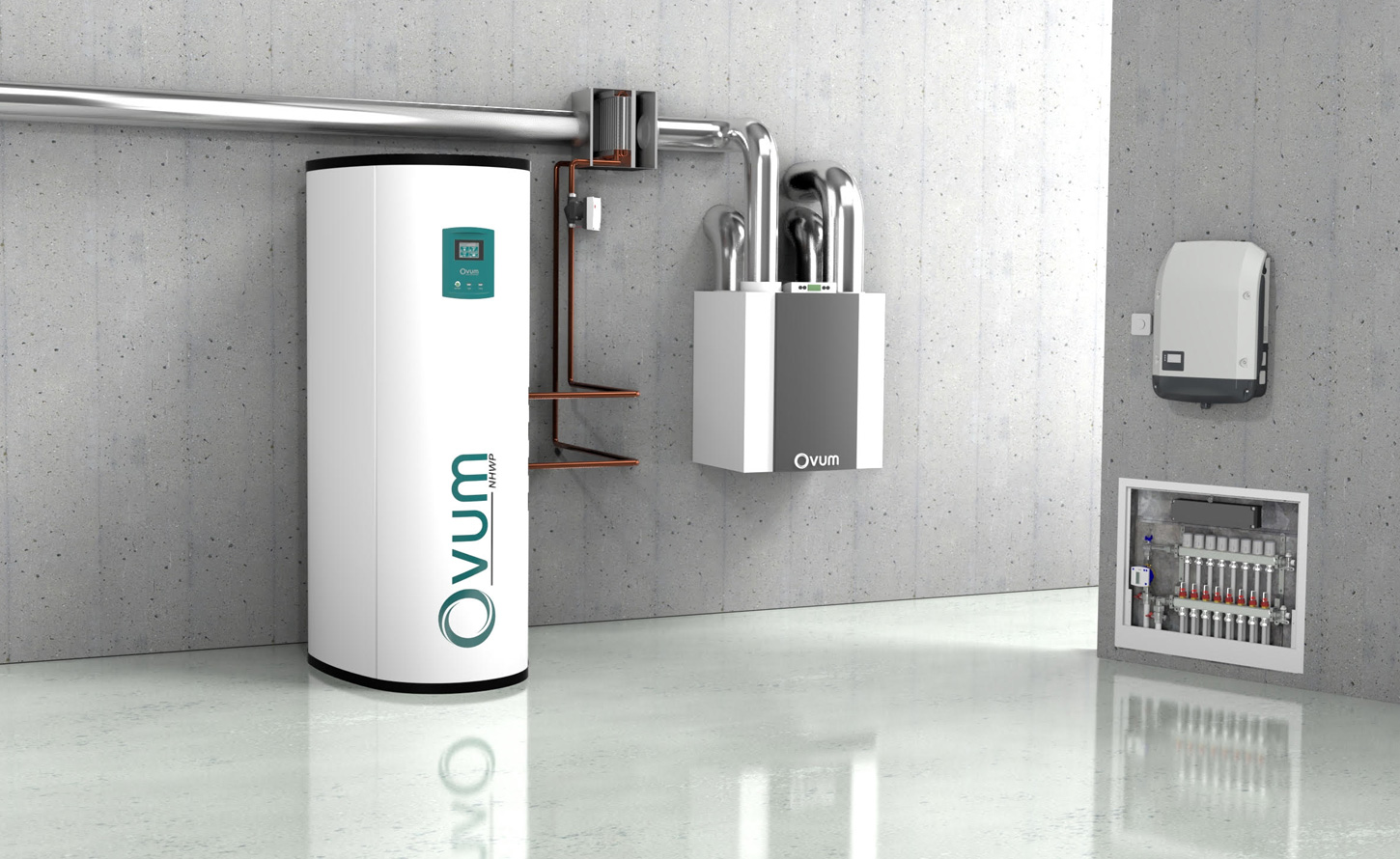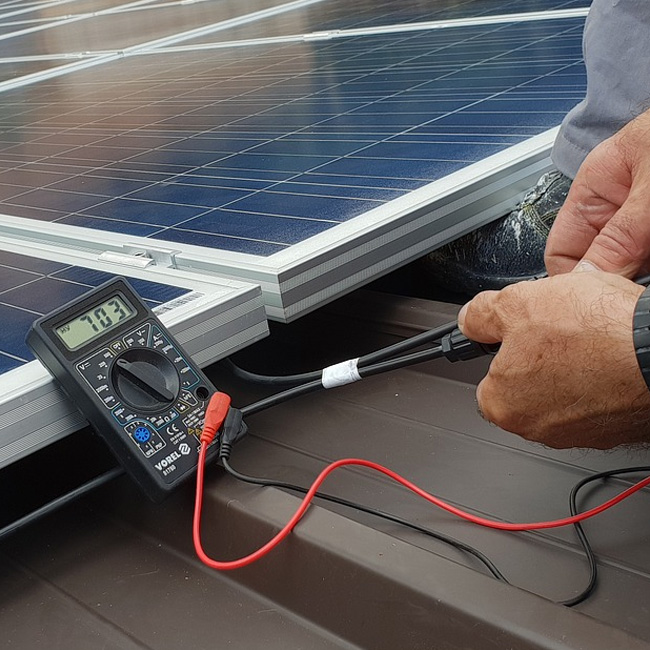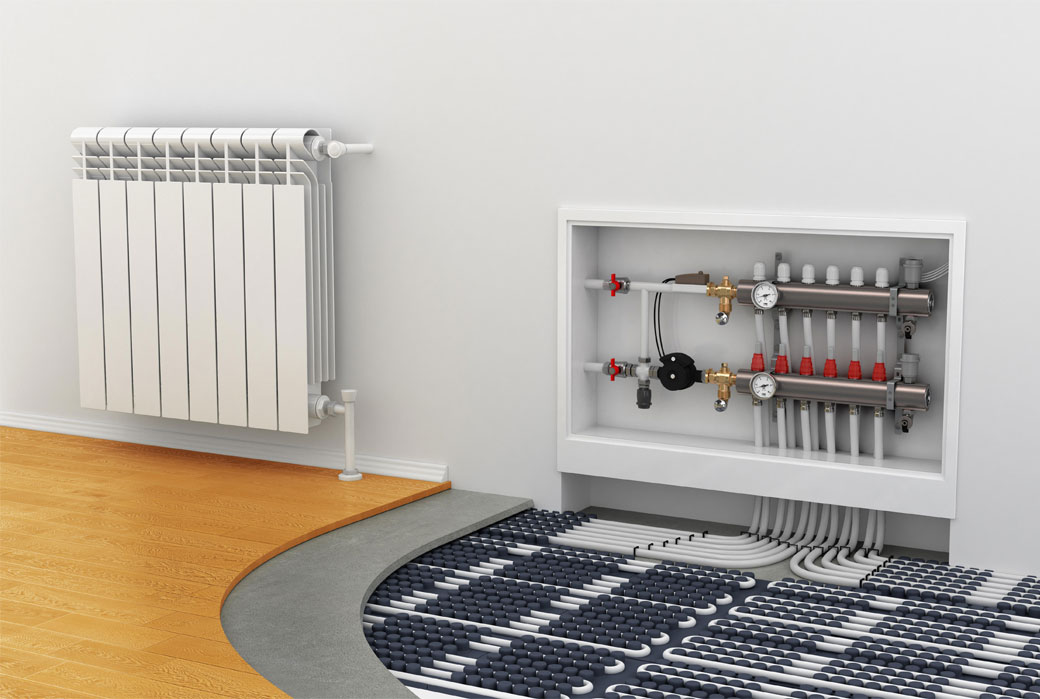Description of technologies to be used
For our building design, we choose to proceed with a complex use of the newest technologies, ensuring high quality housing with relatively similar construction costs.
1.Cross-Laminated Timber`s house kits are individually designed in accordance with particular projects` metrics. Due to precise pre-fabrication of the finished elements, the assembly of the house at the construction site is quick, quiet, and excludes construction debris.
CLT houses are durable, sound insulated, eco-friendly, fire-resistant, and maintain a healthy indoor climate.
2.A very important feature of the building is European type windows and doors with aluminum or wood-aluminum frames and a special three-layer glass, designed for energy-efficient homes. Such windows and doors have very low heat losses, excellent sound isolation, and convenience - they may open in two planes.
3.Every building will have the most modern engineering systems for heating, ventilation, air conditioning, and additional electrical feeding from PV solar panels installed on the roof.
Heating through hydraulic (radiant) heated floor systems, which is hygienic and healthy (warmer at feet level and cooler at head level). Hot water for heating and residential needs will be produced by Heat Pumps.
PV solar panels reduce heating and air conditioning costs for up to 30%. The gas boiler may be used as a reserve.
Forced ventilation uses a split ventilation system, where each apartment will have its separate air circuit, not mixed with the contours of other apartments to perform its hygienic level.
The recovery system, which heats the incoming air using the heat of the outgoing air, allows to save up to 70% of energy, reducing heating and air conditioning costs.
4. Underground parking is equipped with charging stations to facilitate electric vehicles.
5.Modern high-tech European sanitary equipment, Italian kitchens, and closets from the leaders of the furniture market will be installed in the interiors of the apartments.
Thus, the projected structure, which includes a set of interconnected innovations, will have new high-quality housing with a healthy, environmentally friendly, high convenience, and low monthly maintenance costs.


